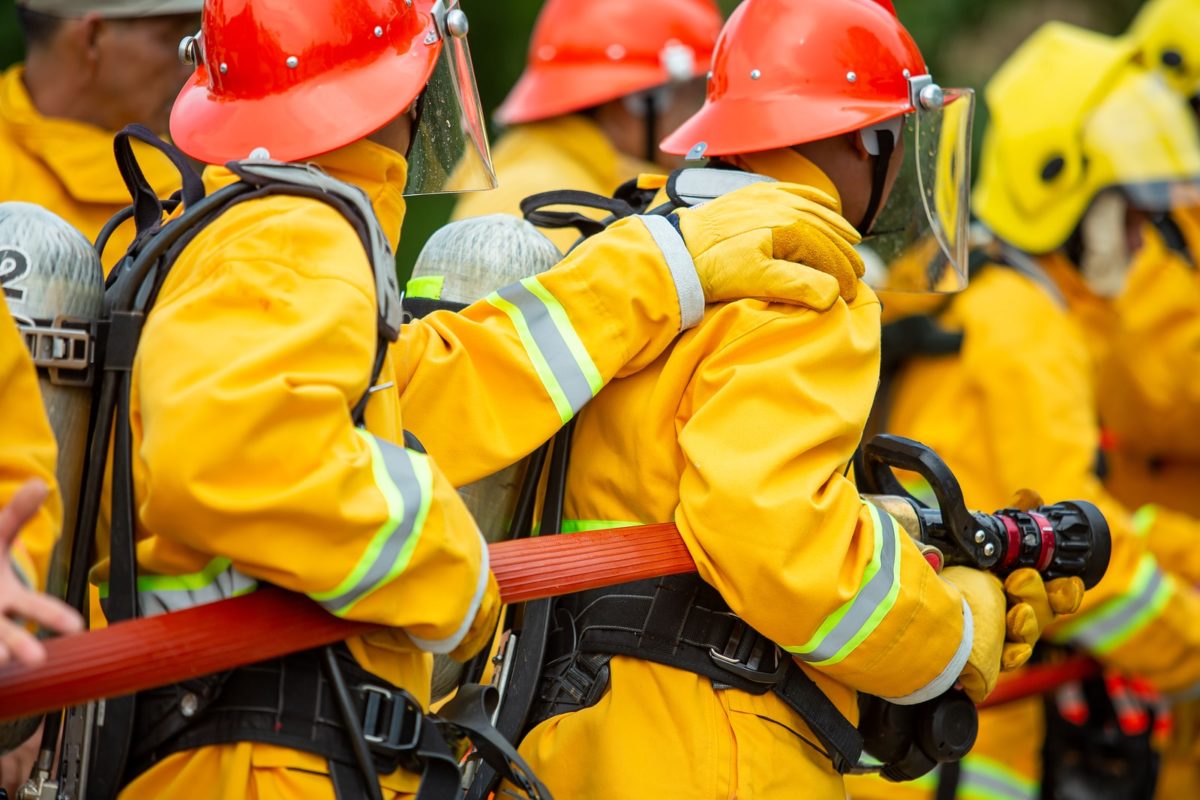
Many new firefighters may be required to complete a probationary period for a few months or even a year. What happens during this time in your department? What do your practice drills consist of? Who supervises the new members to ensure that they will not be injured or injure someone else due to lack of training or experience?
Managing the probationary period effectively can make the difference between a well-organized team and one that is not adequately prepared for the dangers they will face on the job. Here are some ways in which your department can train its probationary firefighters.
Prep for Formal Academy
Probationary training is needed to properly assist in emergencies, trainee safety, and the safety of other firefighters and civilians. Before new members can assist at an emergency or participate at a drill they must attend a formal fire academy. They may feel excluded during the probationary period and not feel appreciated by the department, which may cause them to quit the department. This could result in your department losing a potentially valuable firefighter.
By properly training these probationary firefighters prior to their attending a fire academy, your department will gain firefighters ready for a wide spectrum of services and best practices. During the probation period, observe how well the potential member adjusts to the department and its activities.
Program Establishment
Check state laws regarding firefighter training or response limitations to ensure the program instituted adheres to these requirements.
Appoint a supervisor of the training officers and assign multiple training officers, allowing for more interaction between the probationary firefighter and other personnel and increasing the knowledge and ability of the experienced personnel since they will be expected to be at the top of their game. Chiefs must consider many factors in selecting training officers including experience, availability, and the ability to instruct other personnel.
Training programs should be in written outline form and consistent for all new firefighters, ensuring that all receive the same type and quality of training. The program your department develops should follow the skills on which the firefighter will be instructed when attending the formal academy course to limit confusion about the proper terms and techniques. Training should be at the level of a new firefighter, who may have never seen fire apparatus or participated in any form of emergency services.
The probationary firefighter should attend drills that determine if they will be permitted to participate. If the drill is on water supply, they could participate after observing the department and be instructed on the operation being conducted by a mentor. If the drill is a live burn or involves interior operations the probationary firefighter should only observe. If they were permitted to participate in such training and an emergency occurred, it could lead to a serious injury or even a fatal accident. In this case, charges can be pressed against those involved in the drill.
Training Course
Training is meant as an introduction to firefighting; allowing new members to support emergency operations but not permitted in an area that is immediately dangerous to life and health.
Training program sessions may include:
- Safety and general information
- Apparatus equipment and review
- Water supply operations
- Aerial operations
- Fireground operations
- Support operations
About Provident FirePlus
At Provident FirePlus, we offer custom tailored packages to best protect firefighters and volunteer firefighters. We understand the risks that emergency response teams are subjected to on a daily basis, and have worked to serve these dedicated professionals for over 87 years. For more information about our products and policies, we invite you to contact our experts today at (800) 447-0360.

